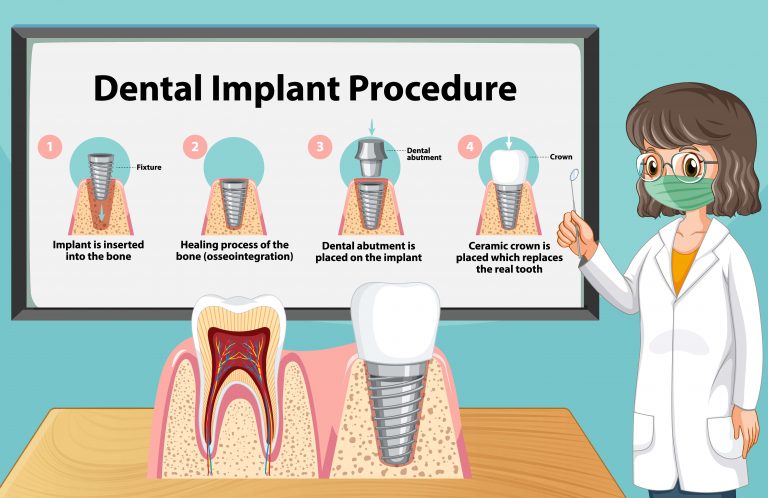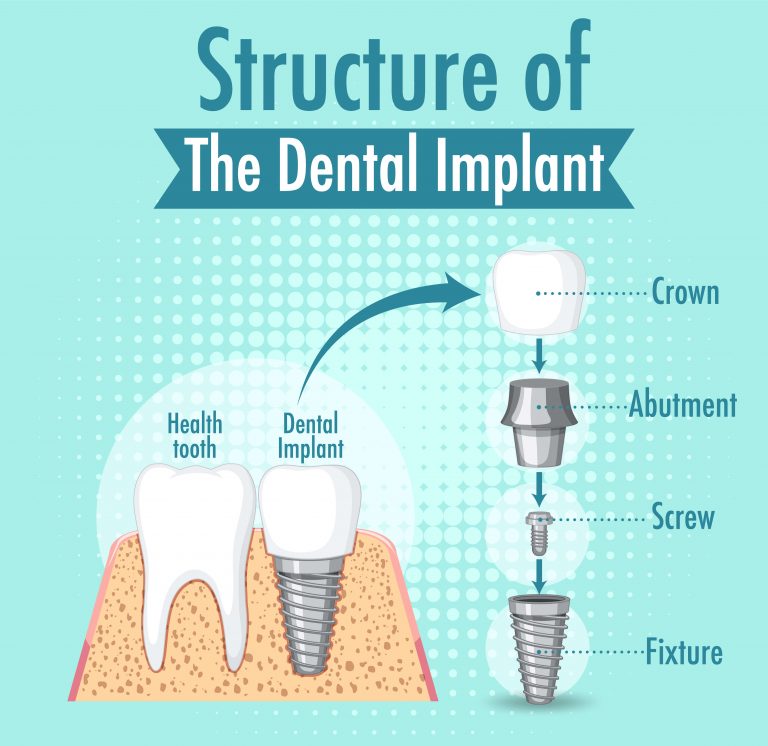- Your cart is empty
- Continue Shopping
Dental Healing Cap
-
clickin360
- Posted on
- 0 comments
Dental Healing Cap
To date, there is no more effective way to replace a lost tooth than with a dental implant. The implant is a cylindrical or conical shaped structure made of medical Titanium. This “screw” is embedded in the jaw and replaces the tooth root.
What is a Dental Healing Cap?
Also known as healing abutment. After the implant is inserted into the bone, the doctor sutures the gum and the healing and osseointegration process begins. Once the implant has been successfully integrated, it is time for the next step – Loading the implant with a permanent prosthetic crown. However, before the crown impression can be taken, the gum must heal after the implant is exposed. This is where a dental healing cap comes in.
The healing cap, as the name suggests, helps to heal the gums above the implant and also gives it a suitable shape so that the future prosthetic restoration will have a natural appearance.
What Does a Healing Cap Look Like?
The healing abutment is a cylinder with a miniature screw made out of medical grade Titanium (Titanium alloy with additives). With the screw help, the healing cap is screwed into the implant successfully integrated into the jaw. The doctor selects the dimensions of the cylindrical part individually, so that the shape of the healing cap corresponds to the parameters of each patient.
After the healing abutment is installed, the gum begins to heal around it and thus “takes the shape” of the abutment itself. The titanium alloy, from which the abutment is made of, is quite light, but at the same time durable.

Healing Abutment Installation
In the case of implant treatment using the classic two-step method, the healing cap is installed at the end of the implant integration period, after about three months. For one-stage treatment, the healing abutment is placed immediately after the implant insertion..
During the osseointegration period, the implant is covered with soft tissue, so the doctor must cut the gum to gain access to it. After exposing the implant, the doctor removes the cover screw, and puts on the healing cap.
Installation of the healing abutment includes the following steps:
- Performing local anesthesia.
- Soft tissue incision covering the implant.
- Cutting and removing tissues that prevent access to the implant.
- Removing the cover screw from the implant.
- Screwing the healing abutment into the implant.
- Suture, if necessary.
Gums Healing Period After installation
The standard healing time for gingival tissue after the healing abutment installation is about 1-2 weeks. Could be a little bit longer, based on the individual. The healing process takes place at different paces for different people. Your doctor will set a preliminary deadline depending on your situation.
In the healing process of the gums around the healing cap, the gingival tissue begins to arrange around its surface. If the process is uneven, the doctor will need to make surgical adjustments, eliminating the excess.
Complications
The healing abutment should stay in the gum until the correct contour of the soft tissues is created. During this period, complications are not excluded, their nature depending on the individual characteristics and health of the patient.
Possible complications in the gum formation process include:
Pain for more than one to two days after insertion
As a result of a natural reaction to surgery, the gums ache for one or two days. If the pain lasts longer, the tissues may become inflamed.
Possible complications in the gum formation process include:
Sutures or Gums Bleeding
If the sutures bleed, then the problem is most likely with low blood clotting.
Swelling & Pain in the Implant Area, Neck or Back
This is the result of non-compliance with the doctor’s recommendations during the recovery period. If the pain is severe, urgent medical attention is needed.


